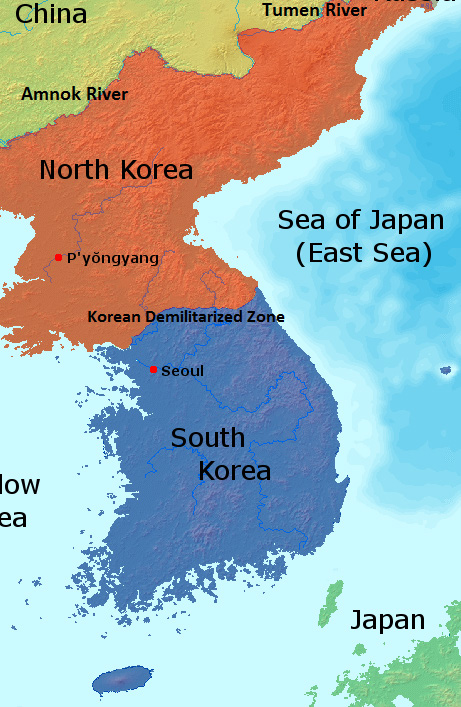Author: Steff, R.
Published in National Security Journal, 09 April 2020
When a balance of power exists between regional powers, a buffer state acts as a ‘space’ between them. Sometimes, rival powers agree (formally or informally) that the buffer should not host military forces from either of them, thus creating a measure of stability in the region and between major external actors. Research shows that when the balance of power is upset, buffer states are significantly more likely than other states to be occupied by external powers and, at worst, even extinguished.15 In doing this, the conquering state gains the opportunity to project influence beyond the buffer state, bringing it into direct confrontation with other external powers. Historically, Korea has often found itself in this position time and time again: in the 13th century Genghis Khan’s Mongolia overran the peninsula and attempted to invade Japan; Japan invaded Korea in the 16th century trying to dominate China; and in the 20th century Japan once again invaded and occupied Korea, bringing it into it’s so called ‘East Asian Co-Prosperity Sphere’, ultimately leading to war with the US and its allies.

Figure 1: The Korean Peninsula (Source: Wikicommons)16
The defeat of Japan at the end of World War II did not improve the situation for Korea. In fact, it found itself split between a northern state supported by China and the Soviet Union, and a southern one backed by the United States. From 1950 to 1953, after the North launched an invasion of the South with Soviet backing to reunify Korea under its authority, the peninsula became a prolonged battleground that eventually drew in China and a US-led UN-coalition force. Pyongyang’s objective was not achieved, as the peninsula remained divided along the 38th parallel at the conclusion of conflict in 1953.17
